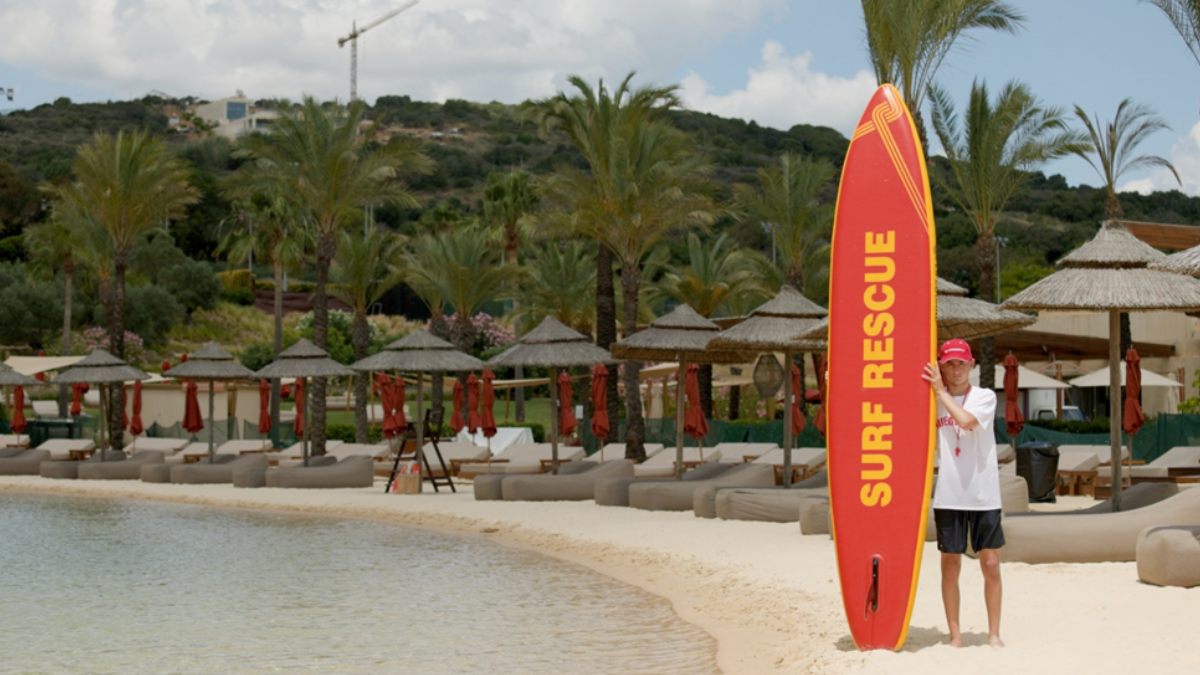Hidden Challenges in Lifeguarding
Lifeguarding is often viewed as an adventurous yet relaxed profession involving long hours soaking up the sun by the water and diving in from time to time for a rescue. The real life of a lifeguard occupies a world far removed from this glamourous picture: physically demanding, mentally taxing, and life-threatening emergencies often occur that require quick responses.
This article will discuss the many hurdles lifeguards face and some of the daunting responsibilities they carry for ensuring public safety.
Physical and Mental Performance
To conduct an efficient rescue, a lifeguard must be fit and in peak working condition. Lifeguard training involves endurance swimming as well as CPR certification and first aid. Weakness indicated by a lack of stamina might be the thin line between saving a life and letting one slip away during botched rescue attempts.
Furthermore, the lifeguard’s body and mind also endure a lot of stress. Concentrated vigilance for hours on end is required; thus, a lifeguard’s mental state and fitness are doubly stressed by attending to one or many swimmers who may be in trouble at a given moment.
Unpredictable and High-Risk Situations
Challenges abound in life-guarding while the rest of employment may count on the predictability of challenges. Anything unpredictable–raw currents, unanticipated medical emergencies, or brutal weather–becomes the perfect foil for enforcing vigilance.
Drowning takes place in silence and within seconds, and lifeguards must be able to make decisions in the split second, under tremendous stress, often placing their own lives in danger to protect others. Being able to identify the risk factor and making an instant modification to whatever situation is a major element of their liability.
Dealing with Difficult Patrons
Another large challenge not commonly discussed is that of dealing with uncooperative or reckless patrons. Swimmers may disregard safety rules or seriously overestimate their own abilities, even acting irresponsibly. Strong communication and conflict resolution skills are required to enforce safety rules without escalating a dispute.
At times, parents assume it is okay to leave their children unsupervised because the lifeguards will babysit them. This imposes additional pressure, as the lifeguards must control the crowd while still focusing on the primary purpose of preventing accidents or saving lives.
Working Outside in the Elements
Lifeguards working outdoors in pools, beaches, and water parks are continuously exposed to sudden environmental changes. Long exposure to sunlight increases the risks of dehydration, heat exhaustion, and skin damage.
On the other hand, lifeguards stationed indoors have their own set of environmental hazards, such as poor air quality and chlorine exposure. For hours in high-humidity conditions, respiratory issues and skin irritations develop.
Emotional Toll on Lifeguards and Psychological Impact
Lifeguards who witnessed drownings or near-drowning accidents may be at long-term risk of psychological harm. Even after they rescue someone who is drowning, lifeguards may suffer nightmares of flashbacks from the trauma the person had to go through.
The emotional burden of losing a swimmer despite one’s best efforts can be overwhelming. After tragic incidents, many lifeguards will struggle with guilt and anxiety, demonstrating the need for mental health support in this profession.
Constant Need for Training and Skill Enhancement
Lifeguards must continually refine their skills to remain ready for an emergency situation. American lifeguard trainingdoesn’t stop upon certification; it involves constant practice of first aid skills, water rescue, and crowd management.
Lifeguards, on top of that, are responsible for knowing the latest proposed changes in safety protocols or regulations. The need for ongoing skill updates unsurprisingly prepares lifeguards to handle everything emergencies can throw at them.
Limited Career Growth and Job Security
For many, lifeguarding is seen as a seasonal or part-time job rather than a long-term career. The limited career progression opportunities can make it difficult for dedicated professionals to see a future in the field.
Also, job stability comes with various contingencies: budgeting, closing a facility, and changes in public funding support. Faced with undesirable situations, many lifeguards look for seasonal employment, adding to their financial insecurity.
Legal Responsibilities and Liability
Lifeguards are responsible not only for saving lives but also for knowing what their legal and ethical responsibilities are. If an accident occurs while they are in charge, they can be scrutinized in a court of law if any negligence is claimed against them.
They must learn liability laws and ensure that proper reports are made concerning incidents. Failing to obey expected protocols could attract serious consequences, both legally and in their professional career.
Final Thoughts: Responsibility of Lifeguards and Support from the American Lifeguard Association
Lifeguards are equally important in water safety, and they place their lives on the line to safeguard aquatic environments. They save a number of lives each year with sheer will, quick thinking, and physical endurance. With this in mind, it should be a high priority to provide their solid and effective workforce with the necessary support, lifeguard training, and mental resources. Lifeguards can acquire the necessary certification and continuing education for challenges in their jobs through the American Lifeguard Association. Providing unique acknowledgments and solutions to these issues will create a viable support network for lifeguards to adequately provide their lifesaving services





